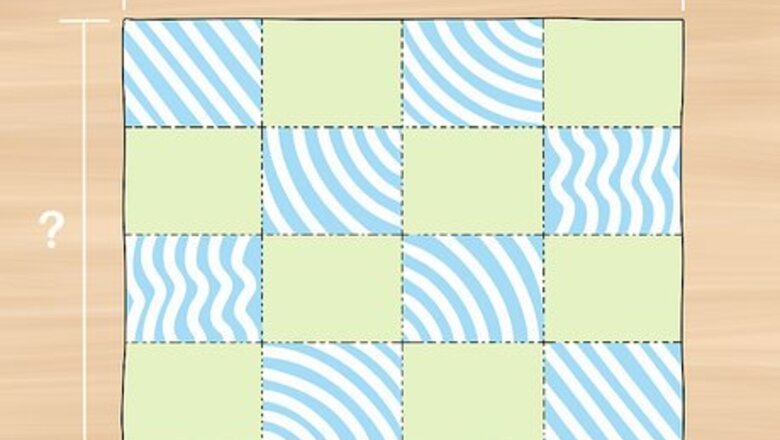
views
Finding the Perimeter of the Quilt
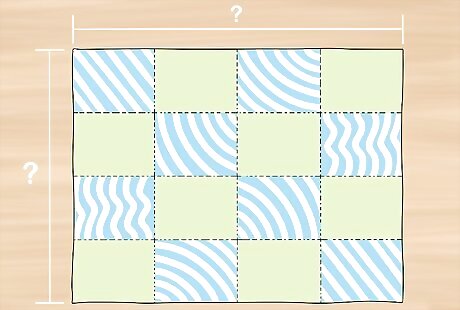
Measure the length and width of your quilt. Measure across the longest part of your quilt and across the shortest part. If your quilt is square, then the length and width measurements will be the same. Write down the measurements. You can measure in inches or centimeters. Either is fine as long as you stay consistent and use the same measurement throughout this process.
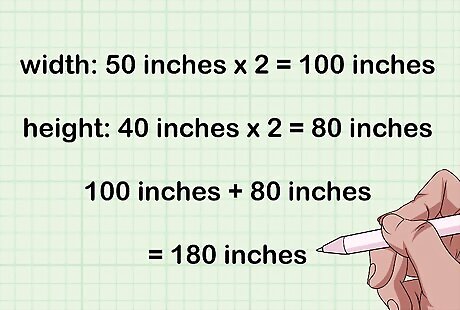
Multiply each measurement by 2 and add the totals together. This will give you the perimeter of your quilt. For example, if the width of your quilt is 40 inches (100 cm), then your width times 2 will be 80 inches (200 cm). If the length of the quilt is 50 inches (130 cm), then the length times 2 will be 100 inches (250 cm). Adding the length and width together will give you a total of 180 inches (460 cm) for the perimeter.
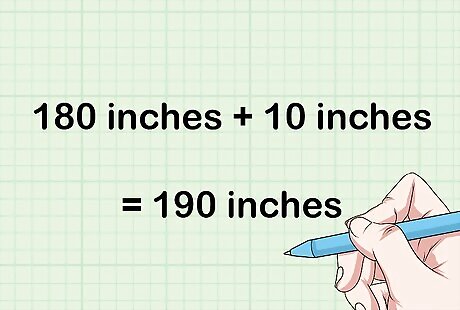
Add on 10 inches (25 cm) for the overlap. After you find the perimeter, add 10 inches (25 cm) to the total. This will provide some extra length to overlap the binding. For example, if your perimeter is 180 inches (460 cm), then adding 10 inches (25 cm) would give you a total of 190 inches (480 cm).
Calculating the Number of Binding Strips
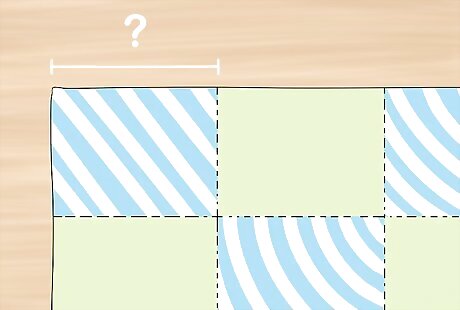
Identify the fabric width. Most fabrics come in 45 inches (110 cm) or 60 inches (150 cm) widths. You may need to check the fabric you want to use to see what the width is before you calculate this measurement. Check with a store associate if you are unsure. If you are planning to use some scrap fabric for the binding, then measure across the shortest part of the fabric piece to find the width.
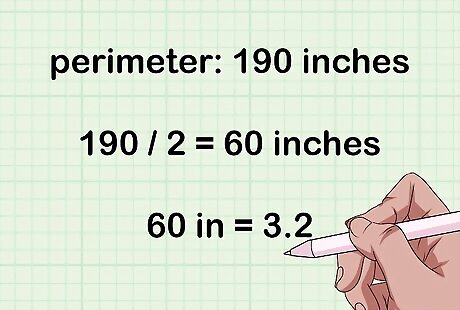
Divide the perimeter plus 10 inches (25 cm) by the fabric width. Use the perimeter measurement plus the 10 inches (25 cm) you added and divide this number by the total width of your binding fabric. For example, if the perimeter plus 10 inches (25 cm) equals 190 inches (480 cm) and the fabric width is 60 inches (150 cm), then your result would be 3.2.
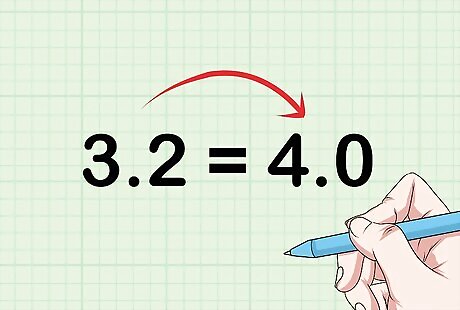
Round up the result. This will tell you how many strips you need to cut from the fabric to get the required amount. However, you will need to round up your result if you do not get a whole number. For example, if your answer is 3.2, then round up to 4.
Determining the Required Amount of Fabric
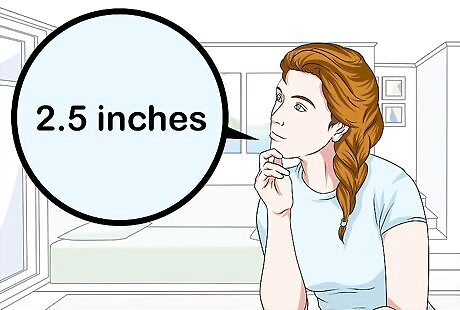
Decide how wide you want the binding strips to be. 2.5 inches (6.4 cm) is a standard size for binding strips, but you can make them wider or narrower if desired. For example, you could make your binding strips 2 inches (5.1 cm) for a narrow binding, or 3 inches (7.6 cm) for a wide binding.
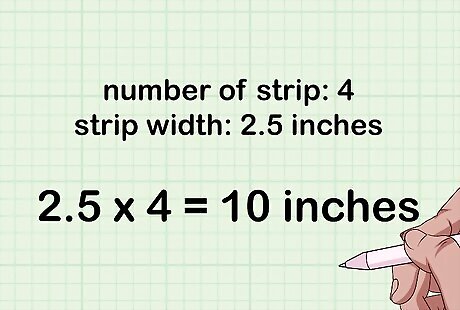
Multiply the number of strips by the strip width. Use your result for the number of strips you need and multiply it by the strip width that you want for your binding. For example, if the number of strips you need is 4 and the strip width you want is 2.5 inches (6.4 cm), then multiply 4 by 2.5 inches (6.4 cm) for a total of 10 inches (25 cm). If you do not get a whole number, then make sure to round up. For example, if you got a result of 10.5, then round that number up to 11.
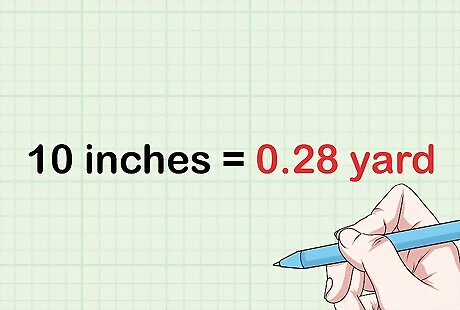
Convert the result into yards. When you get your final result, you will need to convert this measurement into yards. Your last result is how much fabric you will need to make the quilt binding. For example, if you got a result of 10 inches (25 cm), then your total in yards would be 0.28 or about ⅓ of a yard. This is how much fabric you will need to purchase for the quilt binding.



















Comments
0 comment